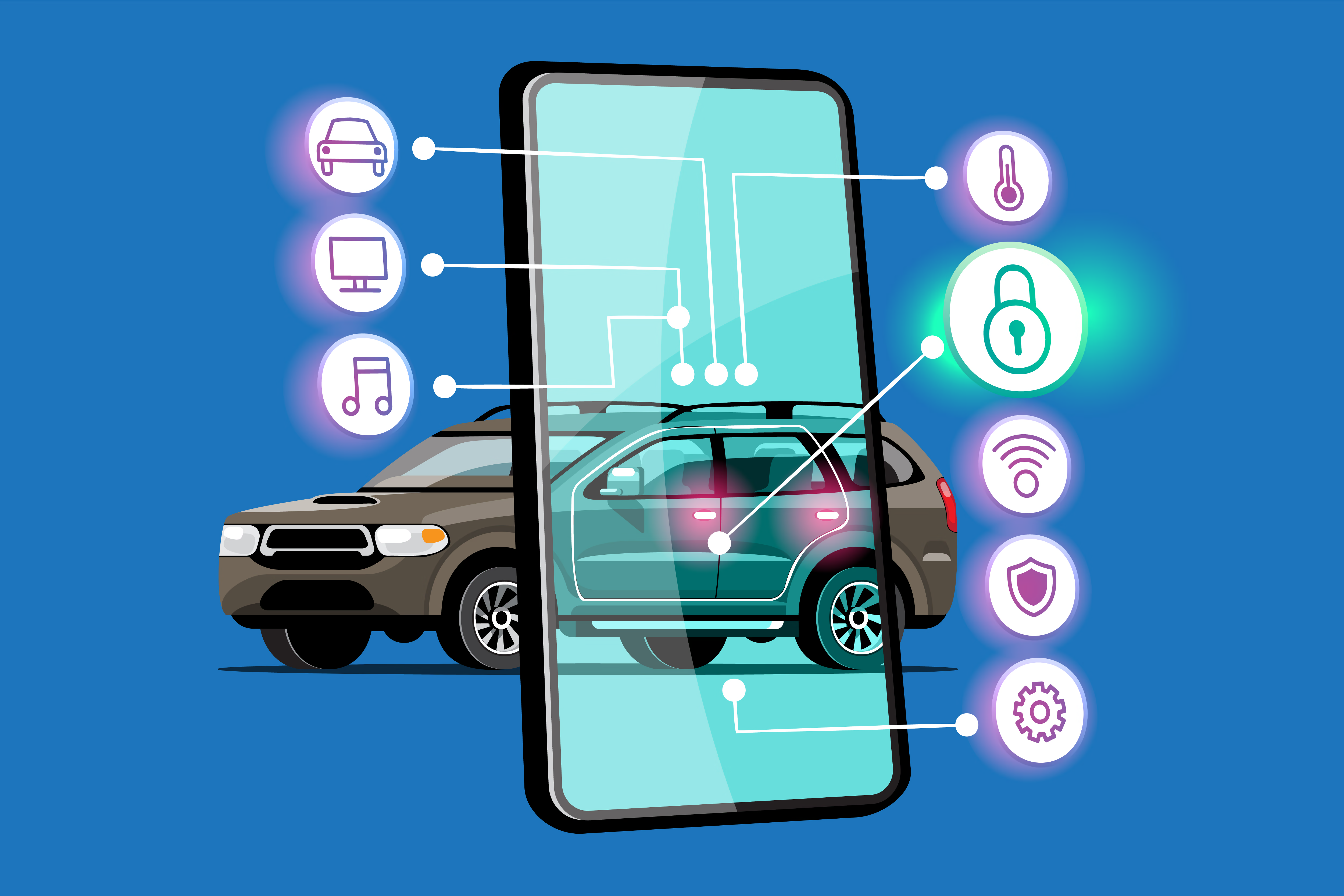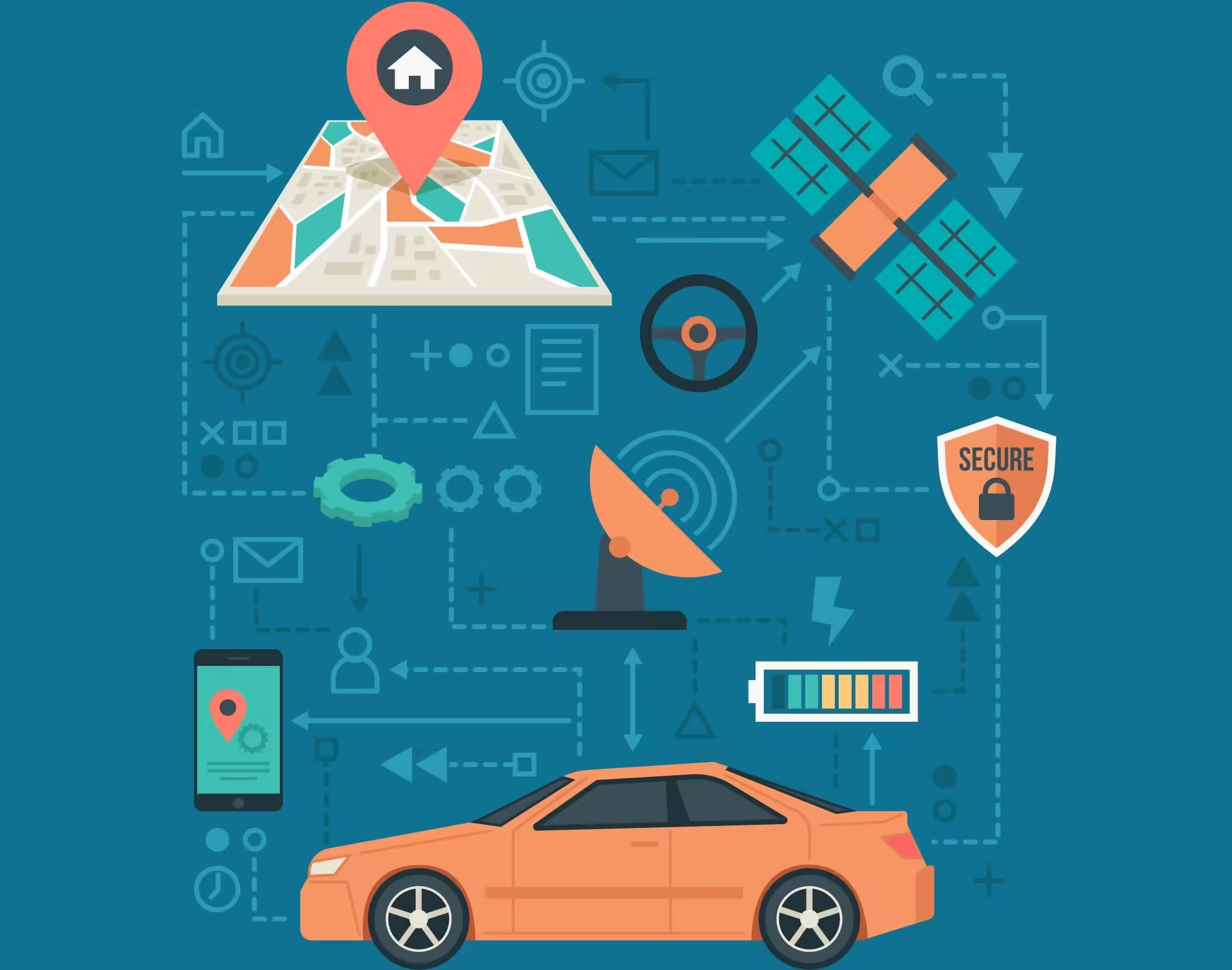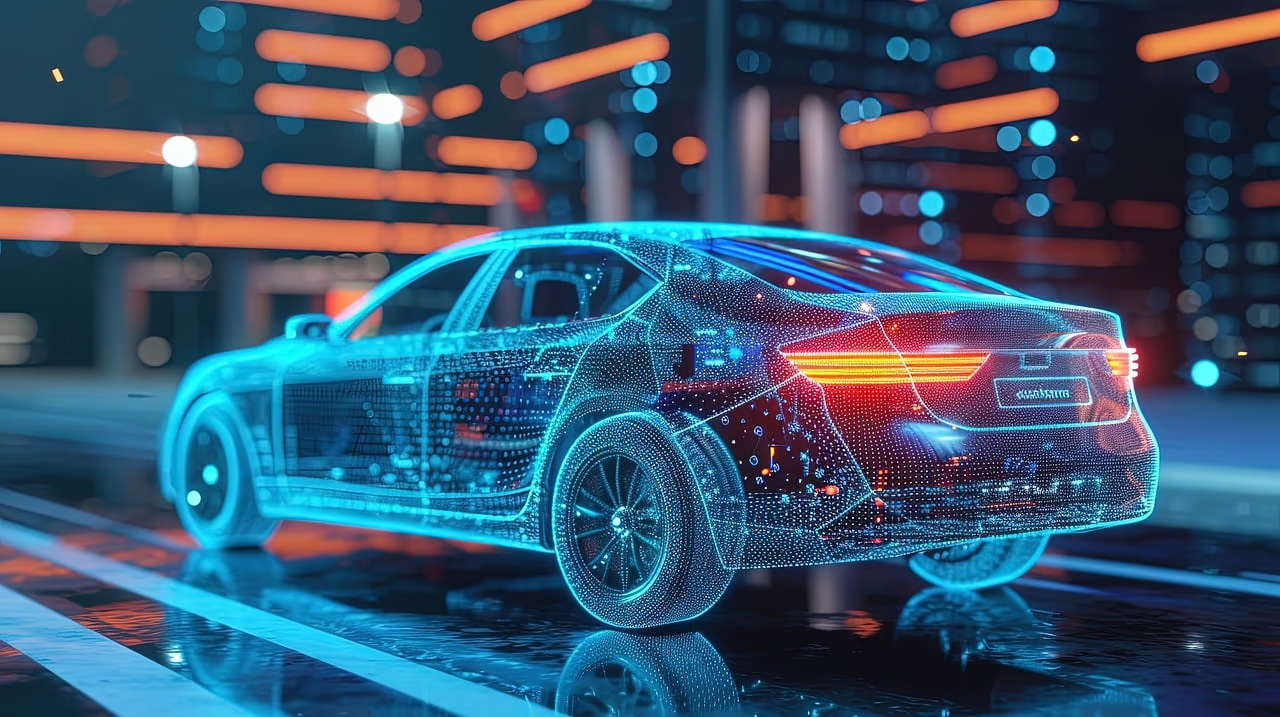The Software Defined Vehicle (SDV): Why are all OEMs transitioning?
The Software-Defined-Vehicle
Chances are, you've heard of the term SDV (Software-Defined Vehicle), it's the cool thing of 2023 and 2024. A lot is rooted in buzzwords of the time, but there's genuine progressivity behind the idea. They key is to understand what technologies (or buzzwords) are really important here: What is a Software-Defined Vehicle? What is the difference between Software Last and Software First approaches? And finally, what are the benefits and challenges of implementing software defined vehicles or development approaches? This is definitely one of the most industry shaping topics of the next few years and an exciting revolution in the automotive world: the shift from hardware-centric to software-centric vehicles. This isn't just a small tweak; it's a game-changer that’s reshaping everything we know about cars. Let's dive into this fascinating transformation, explore the benefits of Software Defined Vehicles, the challenges they present, and see how they’re changing the automotive industry forever, from Tesla's SDV strategy to NIO's approach and beyond.
Understanding Software Defined Vehicles
Let's kick things off with a bit of history. Traditionally, cars were built with a "Software Last" mentality. This means the software was an afterthought, slapped on top of the hardware. Imagine managing a bunch of different gadgets with their own little brains (ECUs) all trying to work together but speaking different languages. It was chaotic and led to integration headaches, overly complex architectures, and way too many ECUs.
Now, flip that on its head with the "Software First" approach. Here, software takes center stage right from the get-go. We're talking top-notch software, smooth continuous integration and delivery (CI/CD) setups, and an emphasis on speed, flexibility, and security. The result? A lean, mean, software-defined vehicle ecosystem with fewer ECUs and a way simpler architecture. Before we get into the details, let's address the simple question: what even is a Software Defined Vehicle?
What is a Software-Defined Vehicle?
A Software-Defined Vehicle (SDV) is a vehicle where most features are controlled by software rather than hardware. This allows for continuous improvements, over-the-air updates, enhanced performance, and an overall better user experience - the car feels more like a smartphone than a heavy machine.
What is the Difference Between Software Last and Software First Approaches?
1. Software Last Approach
- ECU Management: Think of black-box ECUs with binary software. Not fun, right? Integration was a nightmare.
- Complex Architecture: Tons of ECUs made the system super complex and hard to manage.
- Carry-Over Parts: Lots of parts and designs were reused from previous models, stifling innovation.
2. Software First Approach
- Excellent Software: Emphasis on top-quality software developed in CI/CD environments. Updates are quick and reliable.
- Simplified Architecture: Fewer ECUs and a streamlined E/E architecture.
- Flexibility and Speed: Quickly adapt and innovate, enhancing the vehicle's functionality and user experience.
- Software Defined Vehicle (SDV): Features and capabilities are primarily driven by software, allowing for continuous improvement and updates.

What are the Benefits of Software-Defined Vehicles?
| Benefit | Description |
|---|---|
| Enhanced Software Quality | Continuous integration ensures faster updates and improved software quality. |
| Simplified Architecture | Fewer ECUs reduce complexity, making the vehicle easier to manage and maintain. |
| Increased Flexibility | Vehicles can receive new features and updates faster through OTA updates. |
| Improved Performance | Centralized computing leads to better resource use and enhanced performance. |
How do Software-Defined Vehicles improve performance?
SDVs improve performance by using centralized computing and fewer ECUs, optimizing resource usage and enabling higher levels of automation. This results in better responsiveness and more reliable vehicle operation.
Key Components and Technologies in SDVs
Central Computing Platform
At the heart of an SDV is the central computing platform. This integrates various vehicle functions and manages communication between different systems, enabling real-time data processing and decision-making, crucial for advanced driver assistance systems (ADAS) and autonomous driving.
Zonal Architecture
Well, it's pretty much what the name says. Sounds simple, but the concept is core. The zonal architecture divides the vehicle into different zones, each managed by a central computer. This reduces wiring complexity and improves communication efficiency between different parts of the vehicle.
OTA Updates
Over-the-air updates are a key feature of SDVs (German OEMs better make leaps here or else they're going to fall so far behind). Manufacturers can push software updates and new features directly to the vehicle, ensuring the software stays current and addressing any security vulnerabilities without a trip to the dealership.
Advanced Sensor Integration
SDVs rely on data from various sensors, including cameras, LiDAR, and radar. Centralizing sensor data processing allows for more accurate and timely decision-making, enhancing safety and driving capabilities.
Case Studies: Leading the Charge in SDV Development
Tesla's Approach: Pioneering the Software Defined Vehicle
- Proprietary Software Ecosystem: Tesla's software ecosystem is entirely in-house, giving them unmatched control over vehicle functions and features. This includes everything from the operating system to the user interface, supporting cool features like Autopilot, Full Self-Driving (FSD), and those handy over-the-air (OTA) updates.
- Centralized Control Unit: At the core of Tesla's SDV strategy is a centralized control unit that consolidates various vehicle functions. Known as the Full Self-Driving Computer, it processes data from numerous sensors (cameras, radar, ultrasonic sensors) to make real-time decisions. This setup reduces complexity and speeds up processing and response times.
- OTA Updates: Tesla's OTA updates are a major advantage. They allow for continuous enhancements in vehicle performance, new features, and improvements to existing functionalities without needing a service center visit. This keeps Tesla cars cutting-edge long after they roll off the assembly line.
- Sensor Integration and Advanced Features: Tesla's suite of sensors provides comprehensive environmental data. Integrating these sensors into the centralized control unit enables advanced features like Autopilot and Full Self-Driving. These features rely on AI and machine learning to navigate complex driving environments safely and efficiently.
- Vertical Integration: Tesla's vertical integration includes software and hardware components like batteries and electric drivetrains. This ensures all vehicle components work seamlessly together, optimizing performance and efficiency. By controlling both hardware and software, Tesla can quickly innovate and implement changes across its lineup.
NIO's Customer-Centric Development: Leveraging Data for Continuous Improvement
- Customer Feedback Integration: NIO actively collects feedback through channels like the NIO App and NOMI, an in-car AI assistant. This feedback is essential for pinpointing areas of improvement and understanding user needs. For example, NIO refines NOMI’s functionality based on user interactions, making it more intuitive and responsive.
- Experience Operations Teams: NIO's Experience Operations Teams analyze customer data and turn insights into actionable improvements. These teams work closely with product development to ensure customer feedback directly influences new features. This approach builds a strong sense of community and loyalty among NIO users.
- Vertical Integration and Advanced Software Applications: Like Tesla, NIO emphasizes vertical integration to streamline production and ensure high quality. NIO vehicles feature advanced software applications that enhance the driving experience. Their Battery as a Service (BaaS) model allows users to subscribe to battery packs, enabling flexible upgrades and reducing ownership costs.
- Continuous OTA Updates: NIO uses OTA updates to deliver new features and improvements. These updates enhance everything from the user interface to vehicle performance, ensuring NIO vehicles remain up-to-date with the latest technology.
- Advanced Driver Assistance Systems (ADAS): NIO's sophisticated ADAS leverage data from a network of sensors, offering features like adaptive cruise control, lane-keeping assist, and automated parking. Integrating these features into a centralized software platform ensures smooth operation and enhances safety.
What are the Challenges of Implementing SDVs?
Infrastructure Development
Building an SDV ecosystem requires significant investment in infrastructure like data centers, high-speed networks, and edge computing. Ensuring widespread 5G coverage is crucial for real-time data processing. Public and private sector collaboration is key to developing this infrastructure efficiently.
Data Security and Privacy
As SDVs become more connected, they generate vast amounts of data, making them targets for cyberattacks. Ensuring robust cybersecurity measures is essential to protect vehicle systems and user data. This includes implementing end-to-end encryption, secure communication protocols, and regular security audits.
Regulatory and Ethical Considerations
The widespread adoption of SDVs raises regulatory and ethical questions. Governments and regulatory bodies must develop comprehensive frameworks to address issues like liability in case of accidents, data privacy, and the ethical implications of autonomous decision-making. Collaboration between industry stakeholders and policymakers is essential to create balanced regulations that promote innovation while ensuring safety and privacy.
The Future of Software Defined Vehicles
The transition to Software Defined Vehicles marks a significant milestone in automotive innovation. As technology evolves, SDVs will become more sophisticated, offering enhanced safety, efficiency, and user experiences. The shift from hardware-centric to software-centric design enables continuous improvement, making vehicles more adaptable and future-proof.
Manufacturers embracing the Software First approach will be better positioned to lead the industry, delivering vehicles that meet the highest standards of quality and performance. Collaboration between automotive and technology sectors will drive new features and capabilities, transforming how we perceive and interact with vehicles.
EV-Global Verdict
The rise of Software Defined Vehicles represents a transformative change in the automotive industry. By prioritizing software development, simplifying vehicle architecture, and leveraging advanced technologies, SDVs offer numerous benefits, including improved performance, enhanced safety, and greater flexibility. The challenges associated with SDV implementation can be addressed through collaboration, innovation, and robust regulatory frameworks. As the industry continues to evolve, Software Defined Vehicles will play a pivotal role in shaping the future of transportation, offering a smarter, safer, and more efficient driving experience. This shift from traditional vehicles to a software-first approach is not just a trend—it's the future, with over-the-air updates in cars becoming the norm and centralized vehicle architecture defining the new standard.



